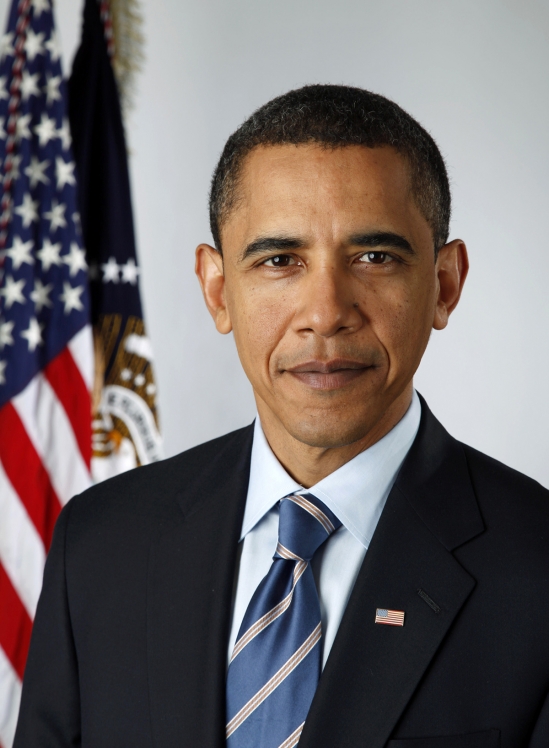Find
an icon of the U.S. (much like the Donald Duck example in the text) that is
imposed upon other cultures in an attempt to persuade or gain favor or to
achieve business purposes (another example is EuroDisney). Using this icon,
answer the following questions:
A. What is the icon?
Barack Obama
B. How did it become iconic in the U.S.?
He became iconic in the U.S. through his rise to presidency, and the seemingly grassroots support he received.
C. How is it employed outside of the U.S.?
The icon of Barack Obama has been employed outside of the U.S. as a signifier of our cultural diversity and our foreign relations, as is visible in many east-African nations that have taken pride in his presidency.
D. Was the cultural response to this usage positive
or negative? Was the U.S. response to this usage positive or negative? Why or
why not?
The cultural response to this usage was more positive than negative, as the unintended iconography promoted more positive associations with the U.S. in African nations than negative. The U.S. response to this usage was a mix, inspiring some and causing frustration at others who wanted the issues, and not the skin color of the candidates, to determine their presidency.
E. What might have been a more culturally relative
icon to use in place of the U.S. icon? Why?
A more cultural relevant icon to use in place of the U.S. icons in these images would be significant African leaders who were making a difference in their own nations. To borrow the image of an American president, assuming that the American nation is the best (true as they may or may not be), does very little to help the populations of east-African nations.





